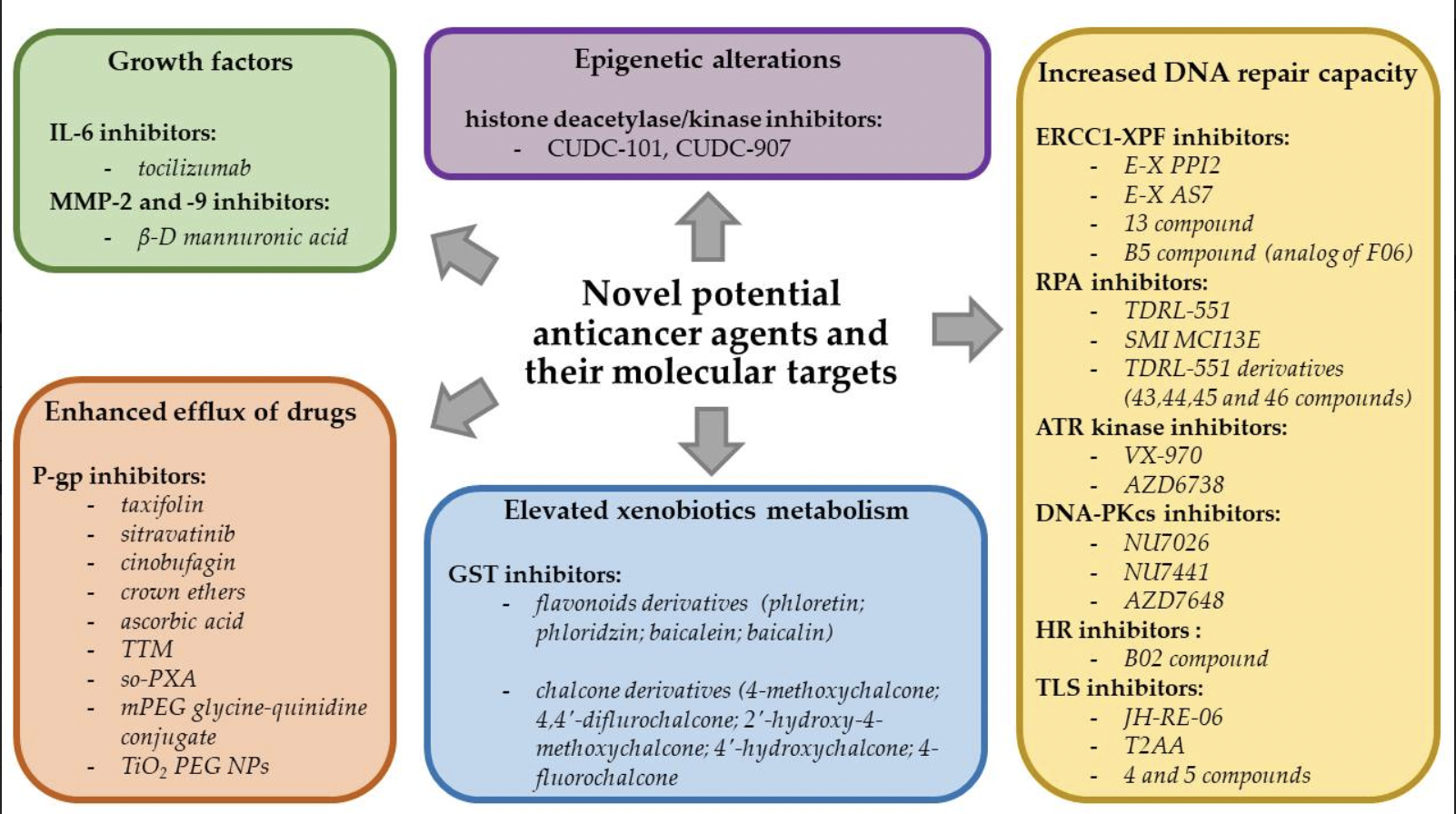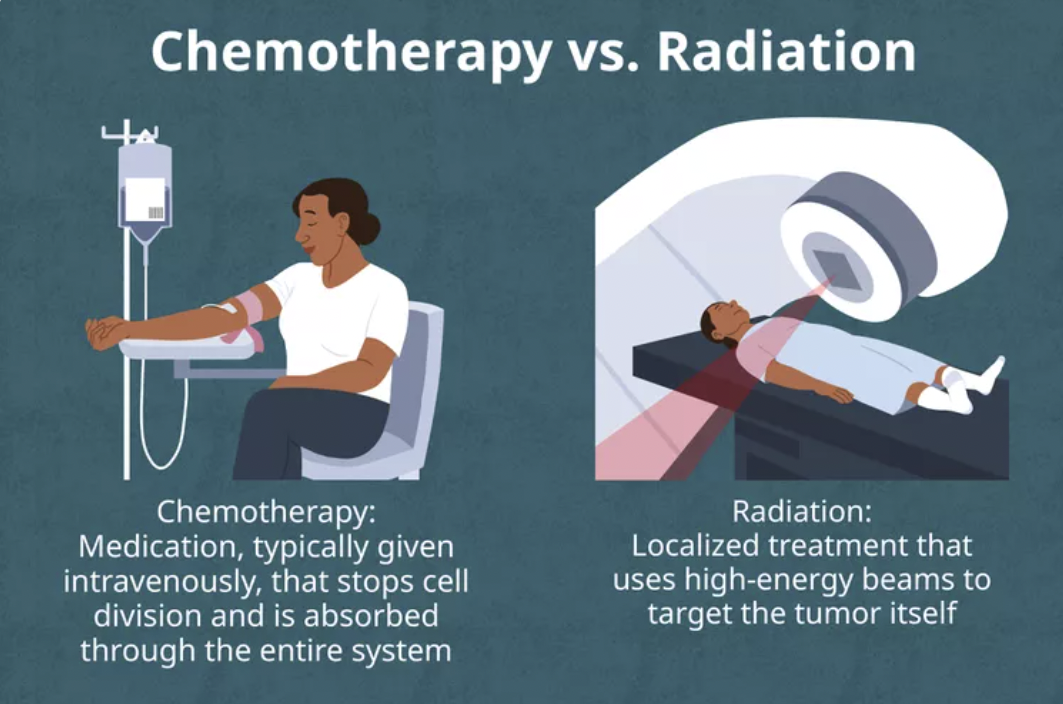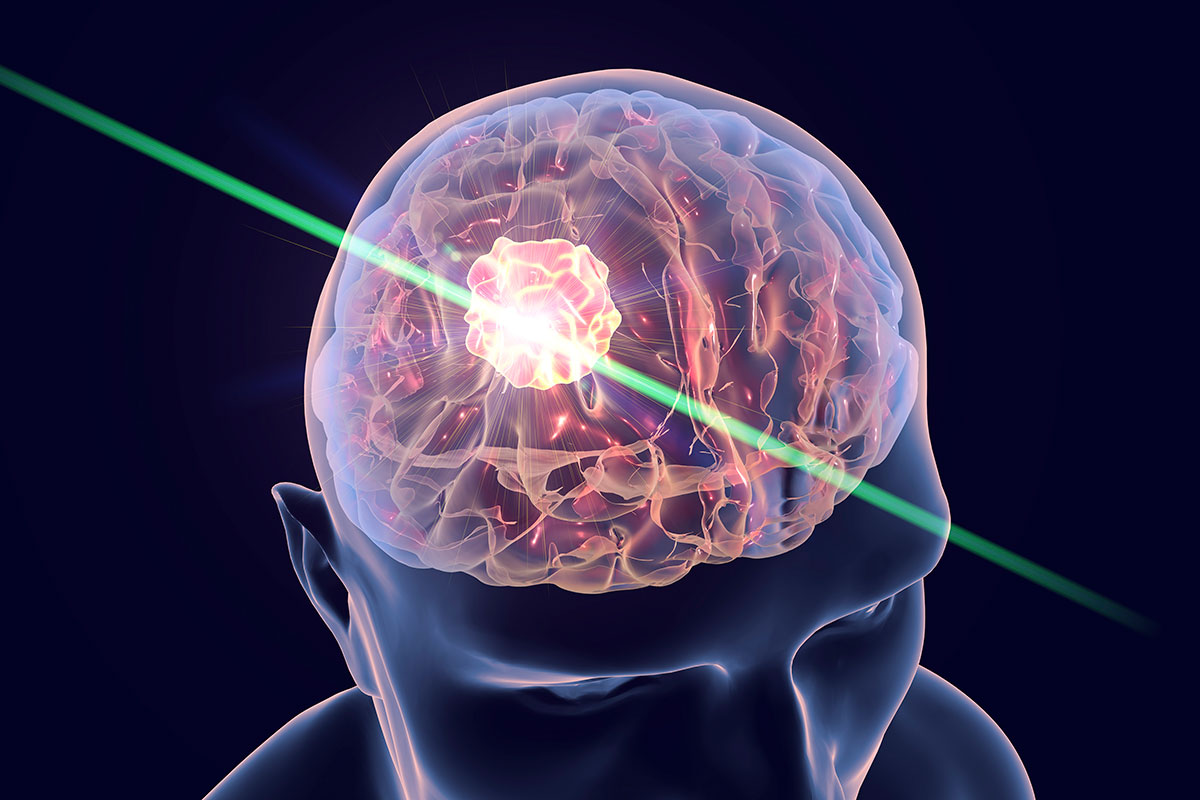What is Glioblastoma?
Glioblastoma (GBM) is one of the deadliest cancers that can develop quickly through primary, de novo tumors, or slowly through secondary tumors that were already present. There are four subtypes which include classical, mesenchymal, proneural, and neural. The difference between these depends on the amplification or mutation of specific genes that are present [1]. Furthermore, an article by Fung et al., depicts how the expression of matrix-metalloproteinases (MMPs) and the PI3K pathway contribute to the invasiveness of these tumors due to their role in promoting invadopodia (2019). Other signaling pathways like the MAPK pathway along with the PI3K pathway play roles in cell proliferation and cell survival. However, in GBM, these pathways are amplified due to the deletion of tumor suppressors like NF1 or PTEN or cross talk between the pathways. Specifically, Akt and ERK play a role in phosphorylation of other pathways. This makes different signaling pathways such as the PI3K, MAPK, and cAMP pathways a possible therapeutic target in the future [1]. Little advances have been made on treatment of such aggressive forms of cancer, however, leaving traditional treatment like radiation and chemotherapy as some of the only options.
How does chemotherapy work?
Chemotherapy consists of drugs that circulate the bloodstream to kill or shrink cancer cells. This form of therapy is considered systematic because it travels through the whole body, leaving the possibility of healthy cells being targeted as well. These drugs can be delivered via IV, orally, or injection and are often administered in cycles. They may be plant derived or synthetic and include different combinations of chemicals depending on the goals of treatment (Figure 1) [2]. Common side effects from this treatment option are feelings of fatigue, hair loss, decreased blood count, and nausea [3].
Figure 1. Possible agents in chemotherapy drugs [4].

What is radiation?
Radiation is essentially bursts of energy that go through the skin to break up the DNA inside cancer cells to stop or decrease growth. It is termed “local” because it only treats the area where the cancer cells reside. There are multiple different delivery methods with the most common being external, displayed in figure 2. In this method, the individual is put into a machine that shoots high-energy beams into the body. Other delivery methods include internally, when radioactive seeds are placed inside to body, or systematic when a pill or needle are utilized [2]. Radiation typically causes less damage to the whole body if delivered externally because of the localization [4]. Side effects may still occur such as tiredness and stiffness, hair loss, diarrhea, and changes to the skin where the radiation has penetrated [3].
Figure 2. Chemotherapy and radiation comparison [6].

Chemotherapy or radiation?
Overall, GBM is a very aggressive cancer that must continue to be studied to find specific treatments. Advances have been made in learning the role of multiple signaling pathways such as the PI3K, MAPK, and cAMP pathways and their communication with each other. However, it is yet to be discovered how to utilize this information in treatment. For this reason, chemotherapy and radiation continue to be widely used if surgery is not an option. While chemotherapy may be more harmful to the whole body, typically, using a combination of treatments increases the chances of success. However, treatment will always be personalized depending on the form of cancer, the stage, and personal preferences.
References
[1] Fung, N. H., Grima, C. A., Widodo, S. S., Kaye, A. H., Whitehead, C. A., Stylli, S. S., & Mantamadiotis, T. (2019). Understanding and exploiting cell signalling convergence nodes and pathway cross-talk in malignant brain cancer. Cellular Signalling, 57, 2–9. https://doi.org/10.1016/j.cellsig.2019.01.011
[2] What’s the Difference Between Chemotherapy and Radiation? (n.d.). Retrieved April 23, 2024, from https://www.webmd.com/cancer/cancer-chemotherapy-radiation-differences
[3] Chemo Vs Radiation Therapy: Differences, Side Effects | SERO. (2022, December 9). https://treatcancer.com/blog/difference-chemotherapy-radiation/
[4] Bukowski, K., Kciuk, M., & Kontek, R. (2020). Mechanisms of Multidrug Resistance in Cancer Chemotherapy. International Journal of Molecular Sciences, 21(9), Article 9. https://doi.org/10.3390/ijms21093233
[5] How Radiation Therapy Is Used to Treat Cancer. (n.d.). Retrieved April 23, 2024, from https://www.cancer.org/cancer/managing-cancer/treatment-types/radiation/basics.html
[6] Chemotherapy vs. Radiation for Lung Cancer. (n.d.). Verywell Health. Retrieved April 23, 2024, from https://www.verywellhealth.com/chemotherapy-vs-radiation-for-lung-cancer-5219436
